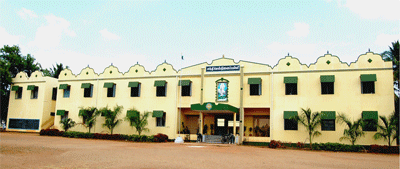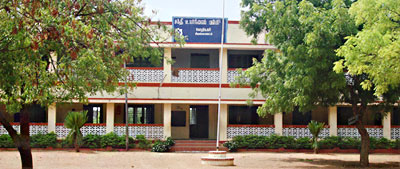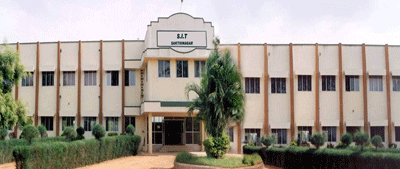The foundation was instituted to cater to the educational needs of the children of Sakthi Sugars employees, sugarcane growers, and the local population.
Nachimuthu Industrial Association (NIA) and Sakthi Foundation run the following Institutions:

The school was started in the year 1970 and was upgraded to a Higher Secondary School in 1986. The school has a total strength of 1100 students hailing mainly from the adjacent rural areas. The school has a faculty strength of 45 teaching & non- teaching staff.
The school consistently stands in 1st Place or 2nd Place in the Gobi Educational District in the public examinations every year.

Established in the year 1992 as a Nursery and Primary School inside the premises of the Sivaganga Sugar factory, it has gradually grown and became a High school in the year 2005.
The school has 20 teaching staff and nearly 550 students, mostly children of the families of employees of the company as well as from the surrounding rural areas. The school has been consistently achieving 100 % results in the SSLC examination every year since its first graduating class in 2005.

The Sakthi Polytechnic College was established in the year 1982 to promote technical education to rural youth. This polytechnic is a reputed Government aided college approved by AICTE.
It offers several 3 year Diploma programs with an annual intake of 390 students. It has 95 teaching & non-teaching staff and nearly 1275 students hailing from rural areas are studying in the polytechnic college.
The Institution celebrated its Silver Jubilee in the academic year 2005-06. The Institute also conducted value added programs under the Community Polytechnic Scheme and Canada-India Institutional Co-operation Project in which more than 8000 rural folk benefited under various schemes.
PURA (Providing Urban amenities in Rural Areas) is a notable program initiated by His Excellency, the former President of India, Dr. A. P. J. Abdul Kalam.
The perspective of the program is enhancement of living standards in villages. This is achieved by facilitating access to all the basic facilities like Roads, Water, Lighting, School, Communication, Healthcare, and Employment Opportunities in rural areas. In turn it will check the migration from rural areas to urban with urban facilities and improved income generation available within the rural folds.